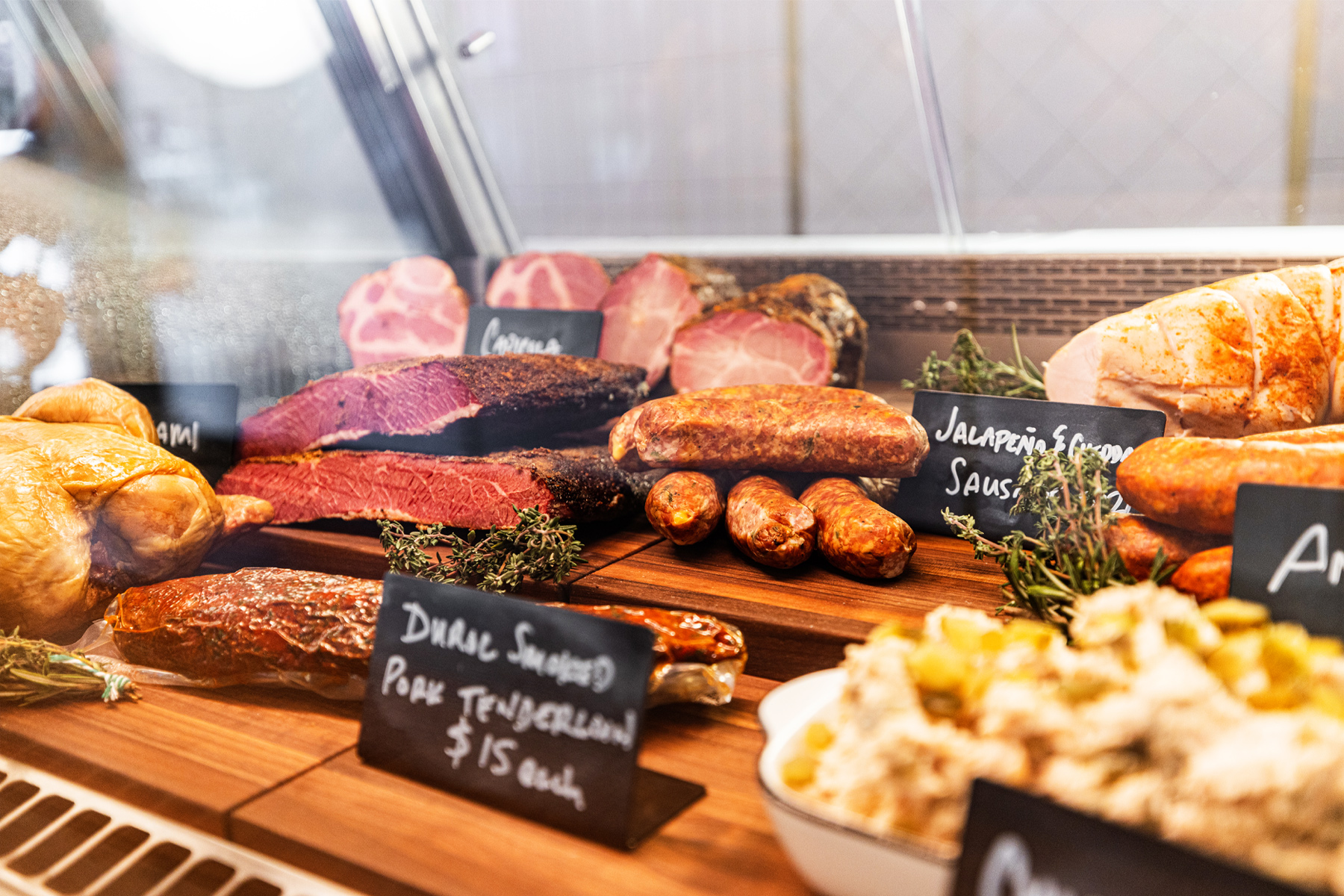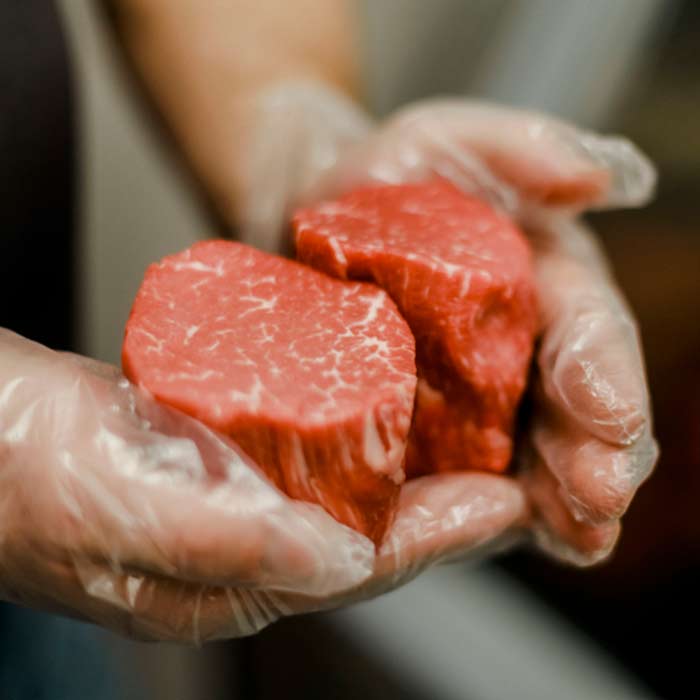Where to Buy Beef Tallow for Cooking, Skincare, and More Versatile Uses
Where to Buy Beef Tallow for Cooking, Skincare, and More Versatile Uses
Blog Article
The Nutritional Conveniences of Incorporating Beef Tallow Into Your Diet Regimen
Beef tallow has garnered interest for its unique nutritional account, which includes an abundant array of crucial fatty acids and fat-soluble vitamins that can support total health and wellness. The effects of incorporating this typical fat into contemporary nutritional practices welcome a closer examination of its prospective advantages and disadvantages.

Nutrient Profile of Beef Tallow
Beef tallow boasts a rich nutrient profile that makes it an important addition to various diets. Mainly composed of saturated and monounsaturated fats, beef tallow is roughly 50-60% saturated fat, which contributes to its stability at high cooking temperatures. This characteristic makes it an outstanding choice for frying and roasting, as it resists oxidation and preserves its dietary top quality.

Furthermore, beef tallow is without trans fats, making it a healthier option to several vegetable oils. Its nutrient thickness not just offers power but likewise help in the absorption of nutrients from other foods. As a standard food preparation fat, beef tallow can enhance the taste of recipes while adding to general dietary intake, straightening well with numerous nutritional preferences, including low-carb and ketogenic diets.
Health And Wellness Benefits of Healthy And Balanced Fats
Incorporating healthy and balanced fats like those found in beef tallow into the diet can produce many wellness advantages that sustain total health. Healthy and balanced fats play a crucial role in maintaining cellular structure, hormone manufacturing, and nutrient absorption. They are essential for optimal brain feature, as the mind is made up of almost 60% fat, mainly healthy and balanced fats.
One significant benefit of healthy fats is their contribution to heart health (where to buy beef tallow). In contrast to obsolete ideas that all fats add to heart disease, studies indicate that healthy and balanced fats can boost cholesterol levels and decrease inflammation, inevitably decreasing the danger of heart illness. Additionally, fats, such as those found in beef tallow, are a secure source of energy, providing continual fuel for exercises and metabolic procedures
Moreover, healthy and balanced fats can help in weight management by advertising satiation, which can help in reducing over-eating. They likewise support the absorption of fat-soluble vitamins, including A, D, E, and K, enhancing total nutrient uptake. By integrating beef tallow and other healthy and balanced fats into the diet regimen, individuals can improve their dietary profile while appreciating a wide variety of health and wellness advantages that promote longevity and vigor.

Food Preparation With Beef Tallow
Cooking with beef tallow uses a tasty and flexible alternative for a selection of culinary applications. This rendered fat, stemmed from beef, boasts a high smoke factor of around 400 ° F(204 ° C ), making it ideal for frying, sautéing, and roasting - where to buy beef tallow. Its robust flavor enhances meals, giving an abundant, full-flavored top quality that complements various a fantastic read ingredients
Beef tallow is particularly appropriate for standard cooking techniques, such as deep frying, where it can produce an exceptional crust on veggies and meats. The fat's ability to hold up against high temperatures without breaking down guarantees that you accomplish crispy textures while retaining moisture within the food. Additionally, its secure nature suggests it can be recycled numerous times for frying, making it a cost-efficient selection for home cooks and expert kitchens alike.
In cooking, beef tallow can work as a replacement for butter or reducing, offering a distinct depth of taste to pastries and pie crusts. Additionally, it can be incorporated right into sauces and sauces, enriching their preference and providing a luscious mouthfeel. By accepting beef tallow in your cooking repertoire, you can boost your meals while harnessing its dietary benefits.
Contrasts With Other Fats
When examining food preparation fats, beef tallow stands out in comparison to various other common choices such as veggie oils, butter, and lard. Beef tallow is predominantly made up of monounsaturated and saturated fats, which are much more secure at high temperatures, making it less vulnerable to oxidation than polyunsaturated veggie oils.
On the other hand, while butter has advantageous nutrients like fat-soluble vitamins, it has a reduced smoke factor and can burn quickly. Lard, comparable to tallow, has a favorable fat profile however might contain higher levels of polyunsaturated fats, depending upon the pig's diet regimen.

Vegetable oils, frequently marketed as healthier options, can be extremely refined and have trans fats, which have actually been linked to adverse health impacts. Moreover, the omega-6 fats common in several veggie oils can add to swelling when more tips here eaten in unwanted. On the whole, beef tallow supplies an one-of-a-kind balance of flavor, stability, and dietary benefits that can make it a more effective choice in different cooking applications.
Incorporating Beef Tallow Into Meals
Beef tallow can be seamlessly integrated right into a selection of dishes, improving both flavor and nutritional worth. This provided fat, abundant in monounsaturated fats and vitamins A, D, E, and K, acts as a versatile cooking medium. It is ideal for high-heat applications such as frying and roasting, where it can impart a full-flavored deepness to vegetables, meats, and even baked items.
When sautéing, take into consideration utilizing beef tallow instead of traditional oils to boost the preference of stir-fries or vegetable assortments. For a heartier taste, try incorporating it right into mashed potatoes or velvety sauces, where its rich uniformity can produce an elegant mouthfeel. Additionally, beef tallow can be made use of as a base for gravies, including a robust flavor account that complements a series of meals.
For those exploring cooking, substituting beef tallow for butter or reducing in pie crusts can produce a half-cracked, delicious result. When cooking, brushing tallow on meats can boost wetness retention and give a wonderful sear. By thoughtfully integrating beef tallow into your dishes, you can enjoy not just enhanced tastes but likewise the remarkable dietary advantages it provides.
Verdict
Including beef tallow right into the diet offers considerable dietary benefits, consisting of crucial fatty acids and fat-soluble vitamins that enhance overall health. In general, the combination of beef tallow right into dishes can sustain health and wellness and health, making it a pop over to this web-site beneficial enhancement to a well balanced diet regimen.
Primarily composed of saturated and monounsaturated fats, beef tallow is roughly 50-60% saturated fat, which contributes to its stability at high cooking temperatures. As a conventional cooking fat, beef tallow can enhance the flavor of dishes while contributing to general dietary intake, aligning well with different nutritional choices, including low-carb and ketogenic diet plans.
Integrating healthy fats like those found in beef tallow right into the diet regimen can generate many health and wellness benefits that support total health. By integrating beef tallow and other healthy fats right into the diet regimen, individuals can improve their dietary account while taking pleasure in a wide variety of health benefits that cultivate durability and vitality.
When evaluating food preparation fats, beef tallow stands out in comparison to other usual alternatives such as vegetable oils, butter, and lard.
Report this page